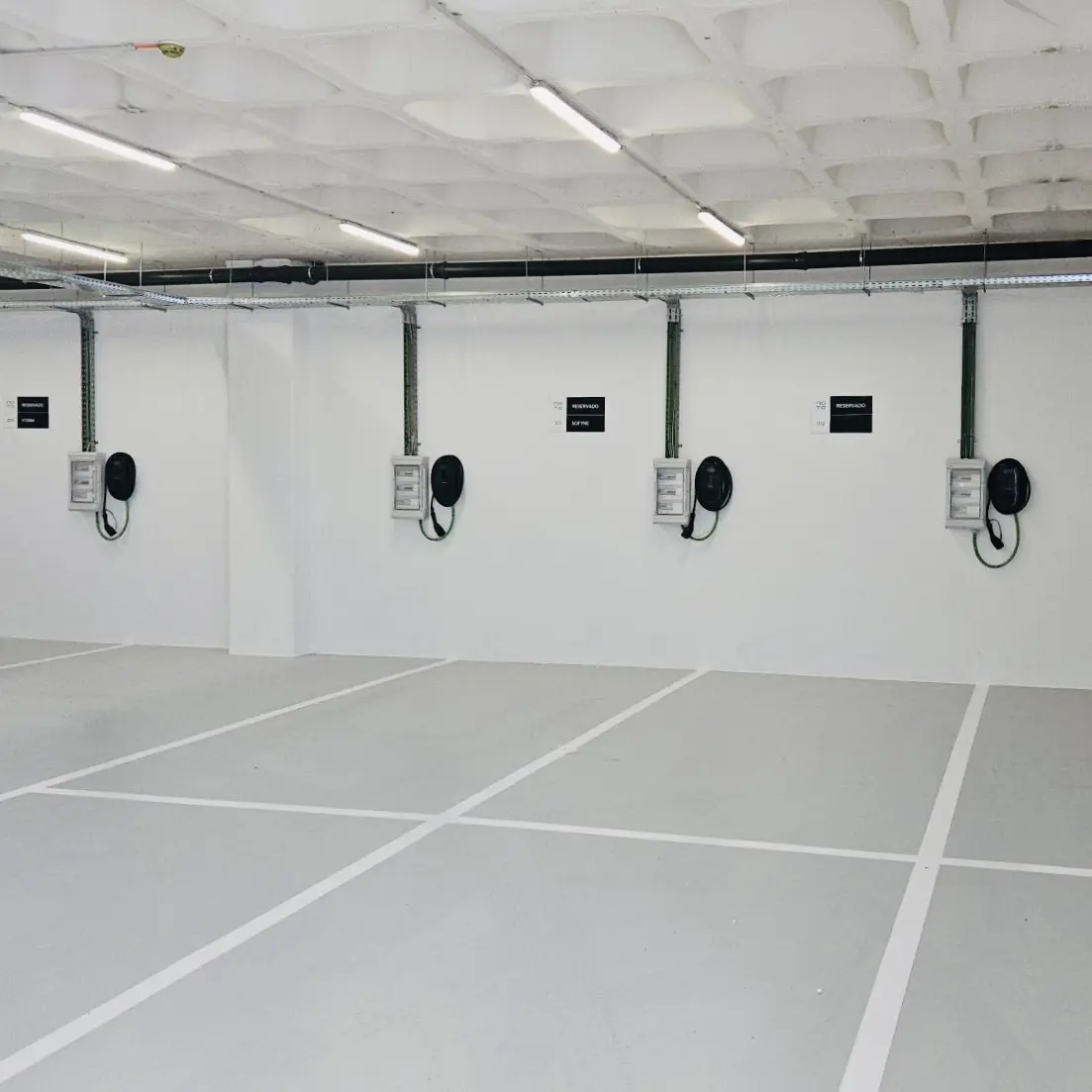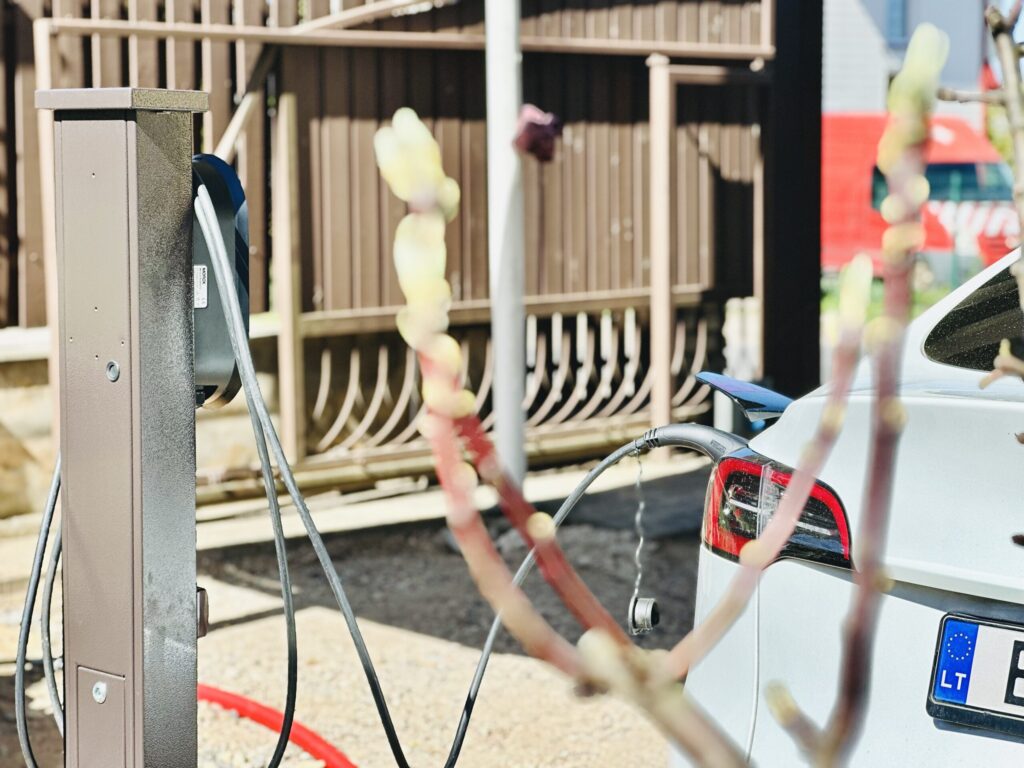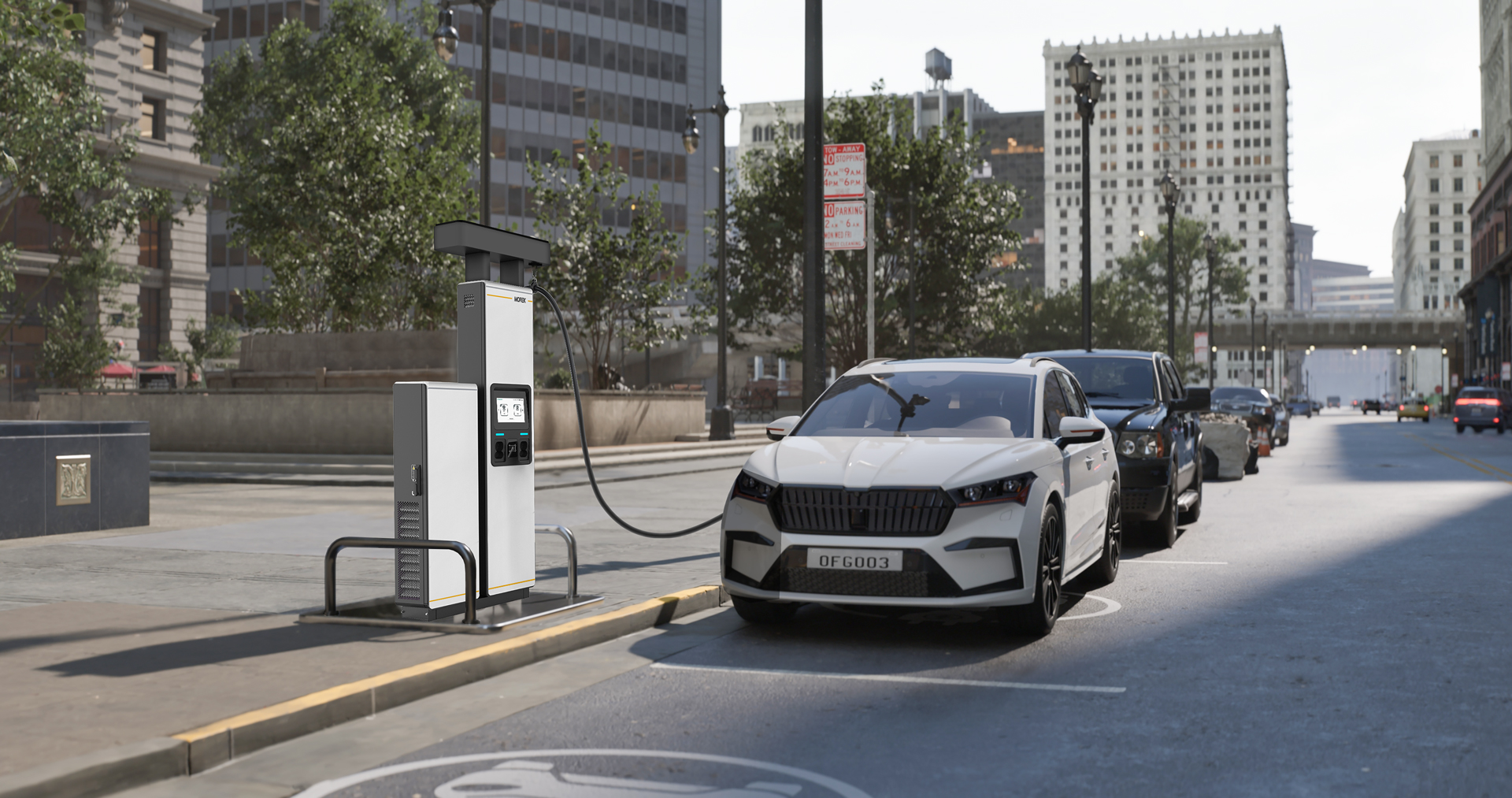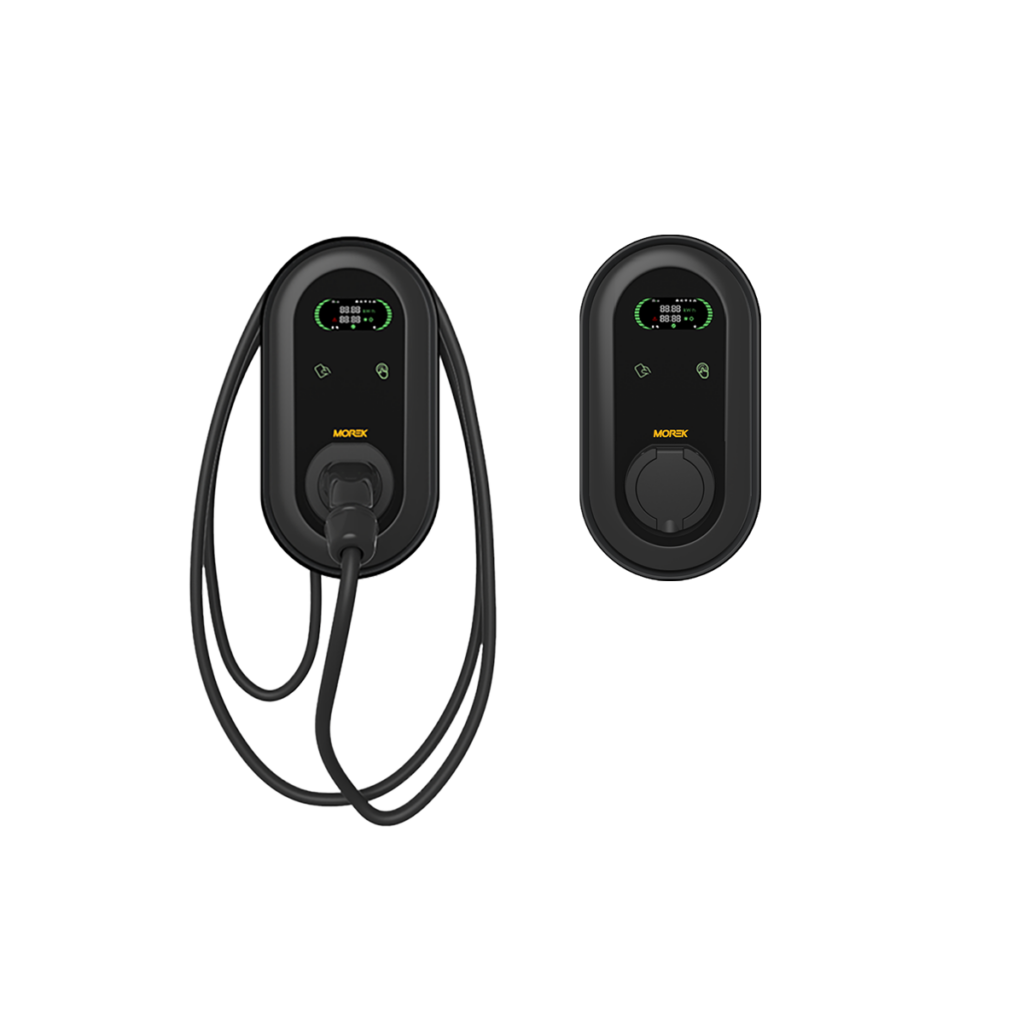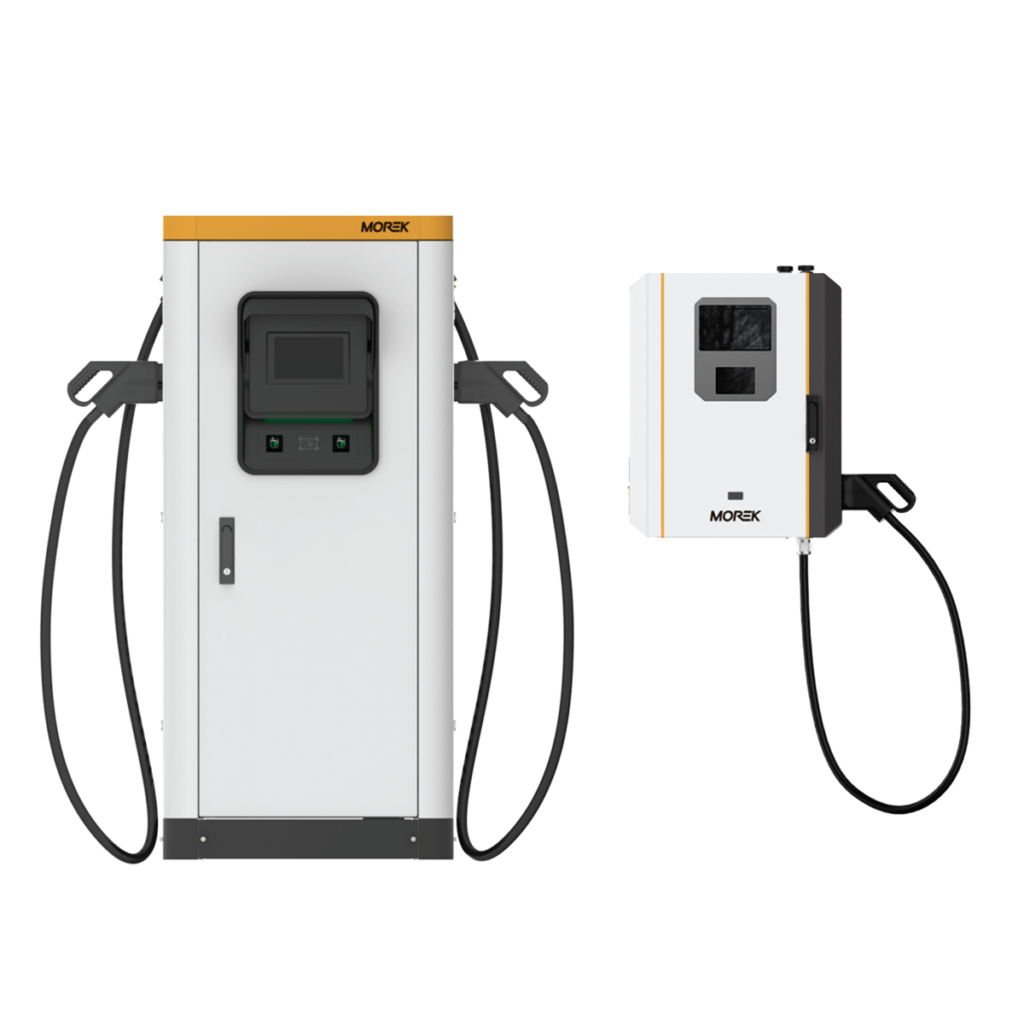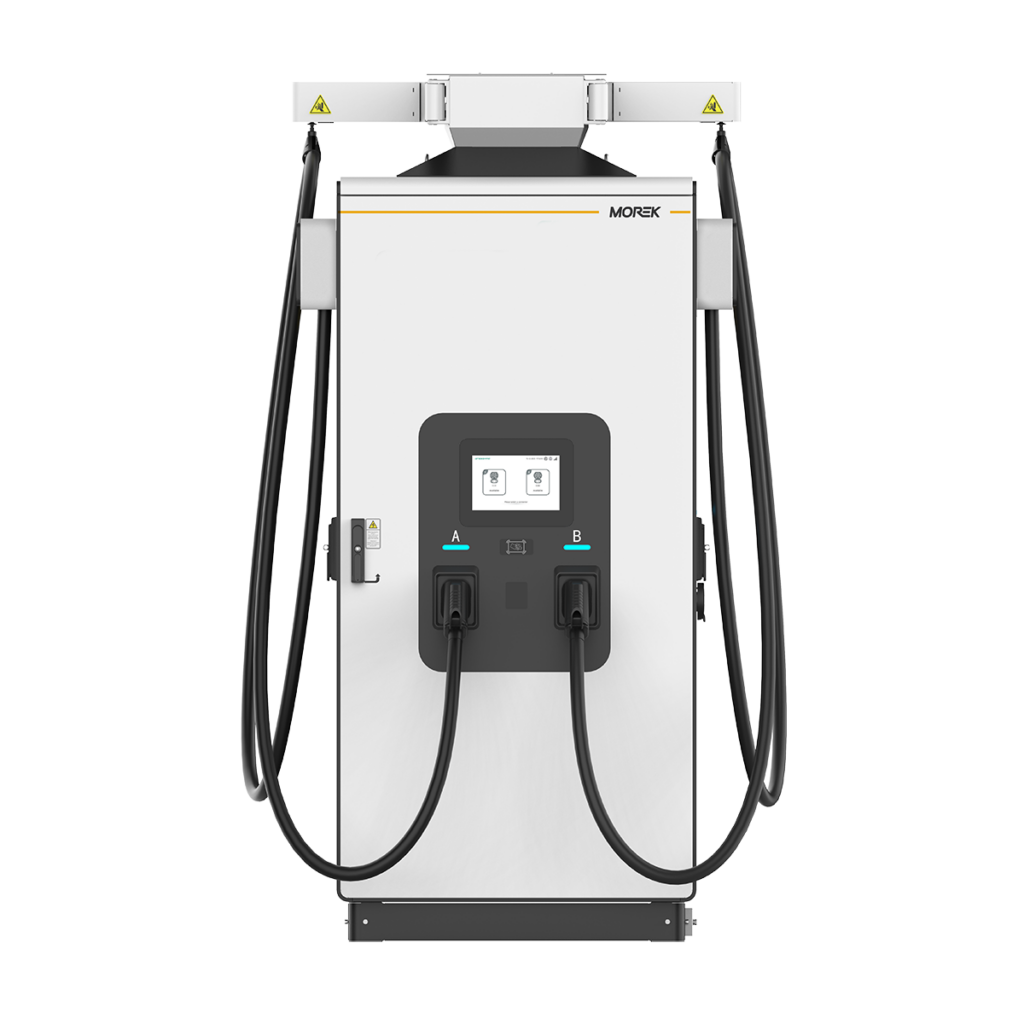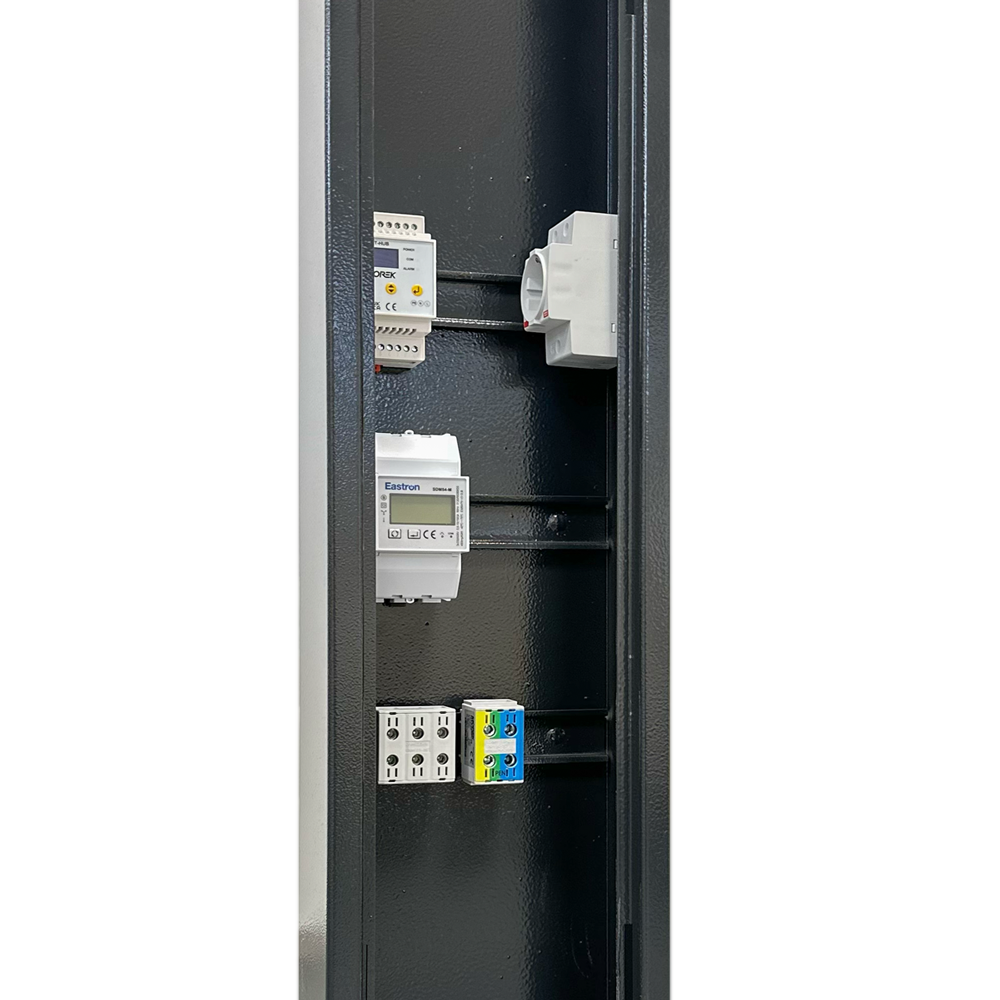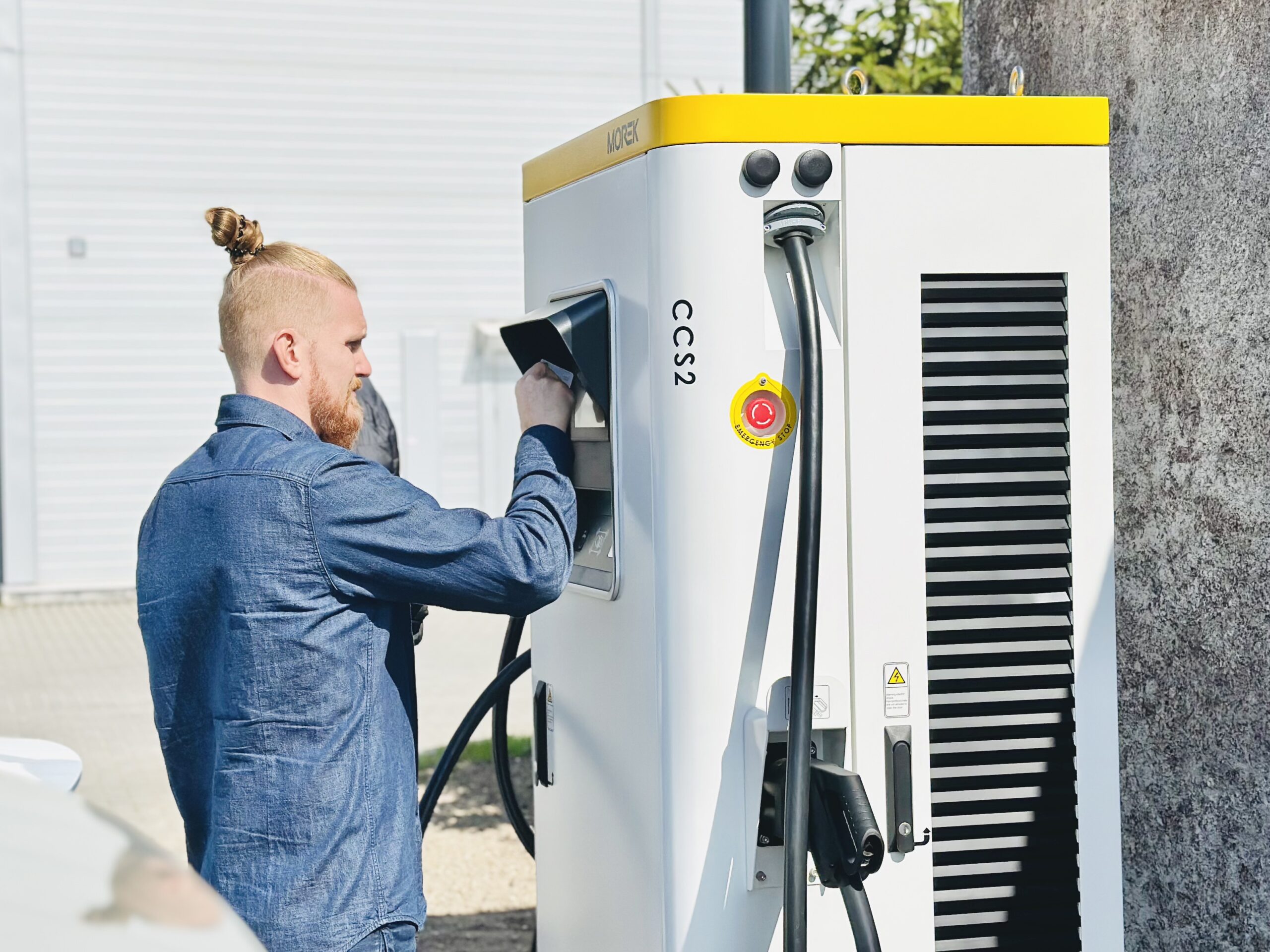As electric vehicles become more common, more people are setting up chargers at home, in apartment buildings, or at work. But there’s one topic that often gets overlooked: safety—specifically, the role of RCDs (Residual Current Devices) in protecting both people and property.
In this article, I’ll walk through what RCDs are, why they matter for EV charging, and how to make sure your charger is installed with the right protections in place. Whether you’re a homeowner, installer, or just someone looking to learn more before making a purchase, this guide has you covered.
What Is an RCD and Why Is It Important?
An RCD is a safety device that disconnects power when it detects a leakage current, which could mean electricity is flowing where it shouldn’t – like through a person or damaged wire. In simple terms, it’s there to prevent electric shock and fire.
RCDs come in different types, and not all of them are suitable for EV charging. Electric vehicles and their onboard electronics can produce smooth DC residual currents, which many traditional RCDs can’t detect.
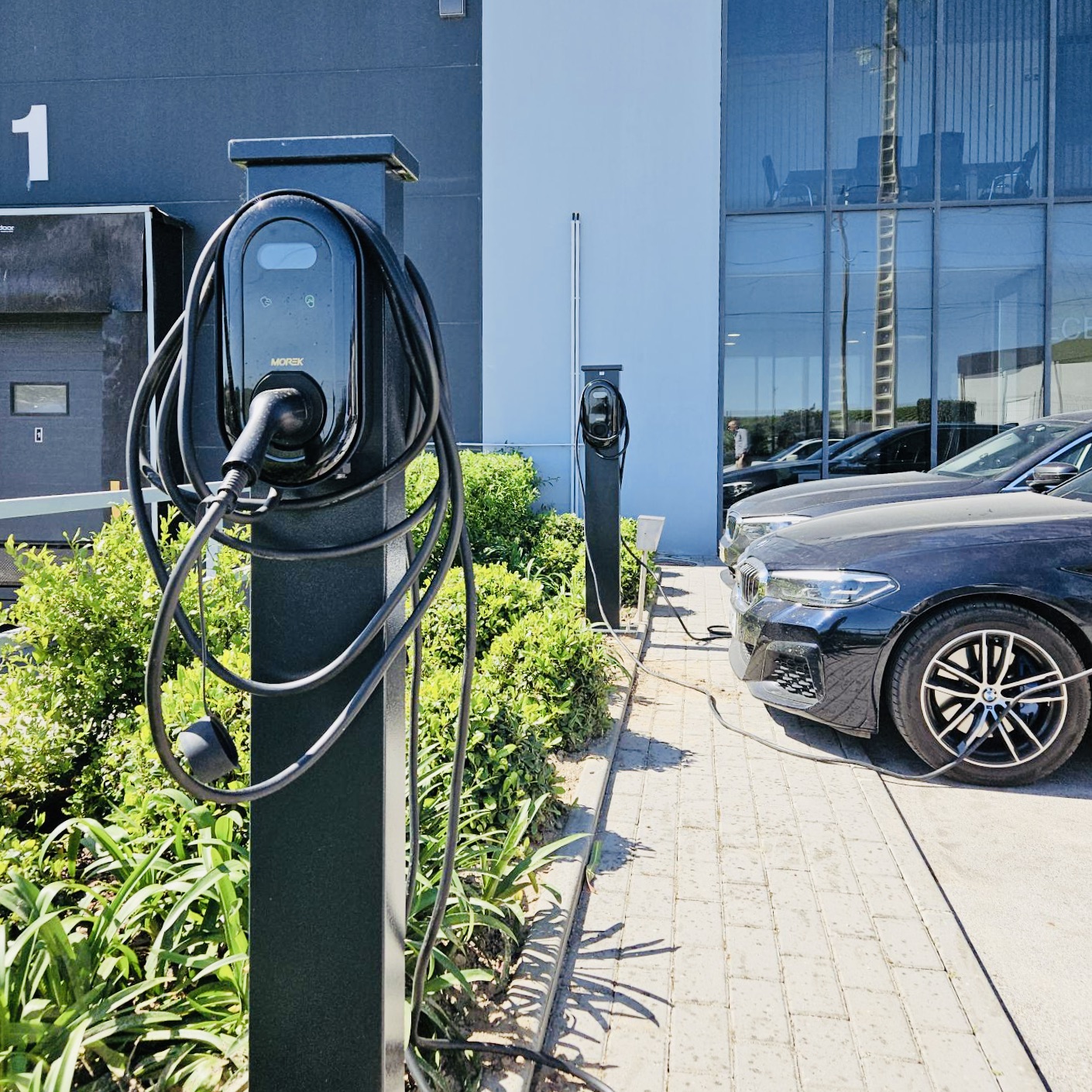
The Different Types of RCDs (and What They’re For)
Here’s a breakdown of the most common RCD types:
- Type AC – detects only alternating sinusoidal currents. Not suitable for EV charging.
- Type A – detects AC and pulsating DC currents. Common in homes, but limited when it comes to EVs.
- Type B – detects all types of residual current, including smooth DC. Designed for complex electronic loads, like EV chargers.
Some chargers (like those in the Morek product line) already include a built-in Type B RCD, which means no additional DC protection is required externally. This not only increases safety but also simplifies installation and reduces total cost.
Why DC Protection Matters for EV Charging
EV chargers interact directly with the vehicle’s battery system, which can generate smooth DC leakage under fault conditions. If the RCD can’t detect that, it won’t trip – and that could mean serious risk. This is why standards like IEC 60364-7-722 and IEC 62955 recommend DC-sensitive protection for EV charging circuits.
If your charger doesn’t have built-in DC protection, you’ll need to install a Type B RCD in the main distribution board – or, as an alternative, a Type A RCD with an external DC protection device (often called a 6 mA DC sensor).
What Does This Mean for Home Installations?
Let’s say you’re installing an AC charger in your garage. If your charger already includes a Type B RCD internally (like Morek AC wallbox does), you don’t need a separate DC protection device in the fuse box. But that doesn’t mean you can skip protection altogether.
Here’s a safe and future-proof setup recommendation:
- MCB (Miniature Circuit Breaker) – protects the line between the main panel and the charger from overcurrent and short-circuits.
- Type A RCD – protects the fixed wiring in your home from AC or pulsating DC leakage.
- Type B RCD inside the charger – covers everything from the charger to the car, including smooth DC currents.
This gives you full protection across all parts of the circuit.
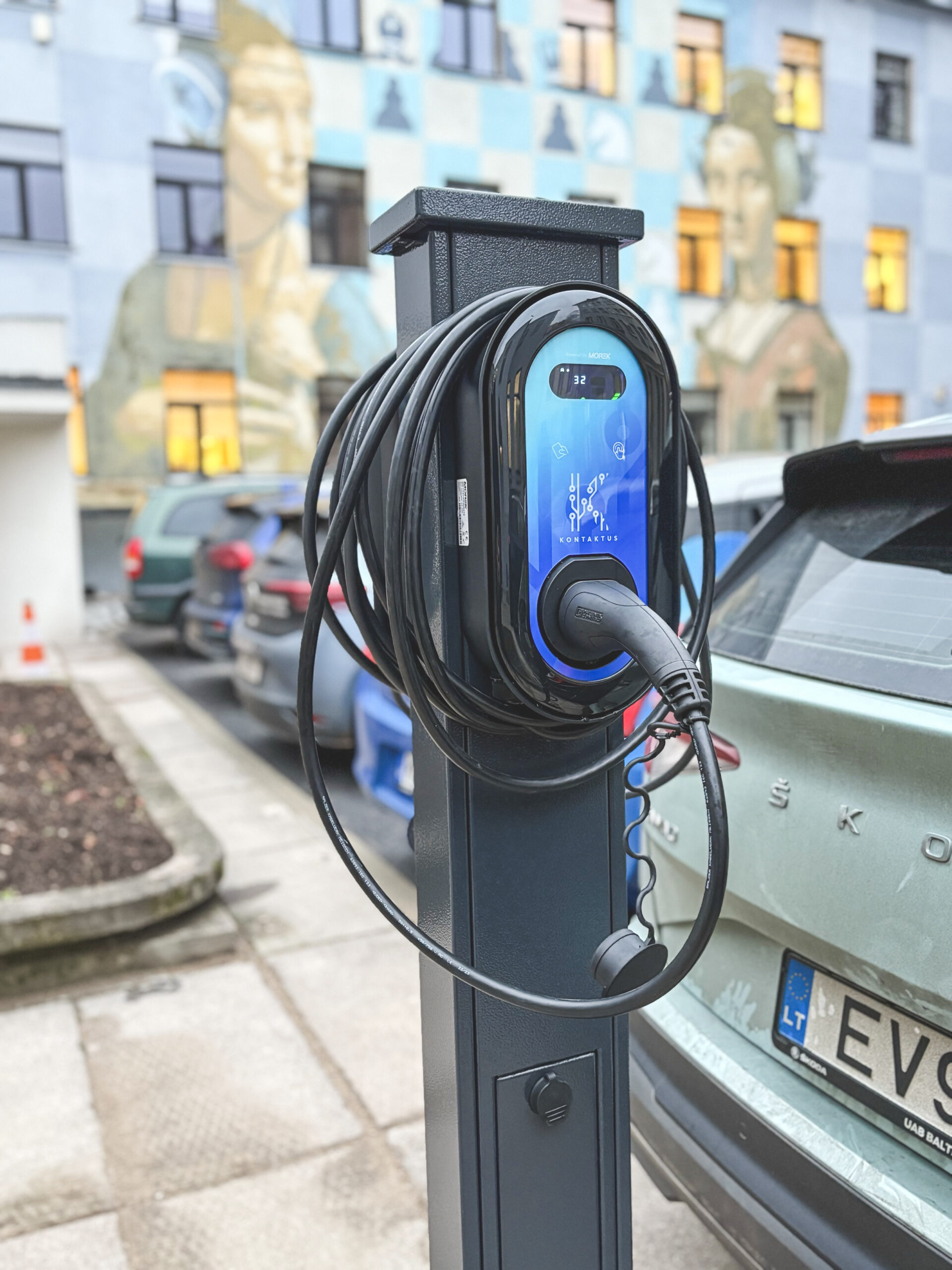
The Morek Advantage: Built-In Type B RCD
Many chargers on the market require you to install an external TypeB RCD, which can cost hundreds of euros and takes up valuable space in your distribution panel. With Morek AC chargers, the TypeB protection is already included, making the overall setup:
- Simpler – less equipment to install
- Cheaper – no need to buy an expensive TypeB RCD separately
- Safer – meets international safety standards right out of the box
This is especially useful for residential installers and small businesses that want to avoid unnecessary complexity while ensuring full compliance and safety.
A Word About Standards
Most of today’s EV charging standards agree on one thing: DC fault current detection is essential. Here are a few notable ones:
- IEC 60364-7-722: Details requirements for electrical installations related to EVs.
- IEC 62955: Specifies the performance of residual direct current detecting devices for mode 3 charging.
- EN 61851-1: General standard for EV conductive charging systems.
Choosing equipment that follows these standards ensures not only safety but also long-term compatibility with future regulations and technologies.
Final Thoughts: Make Safety a Default, Not an Upgrade
In the world of EVs, there’s a lot of talk about speed, range, and design. But behind every charge is an electrical system that needs to be trusted. That’s why understanding RCDs – and choosing the right charger – matters.
Whether you’re an installer looking to streamline projects, or a homeowner investing in your first EV setup, look for chargers with built-in safety features that save time and offer peace of mind. Morek’s products are designed with these needs in mind, offering a well-balanced mix of innovation, simplicity, and security.
